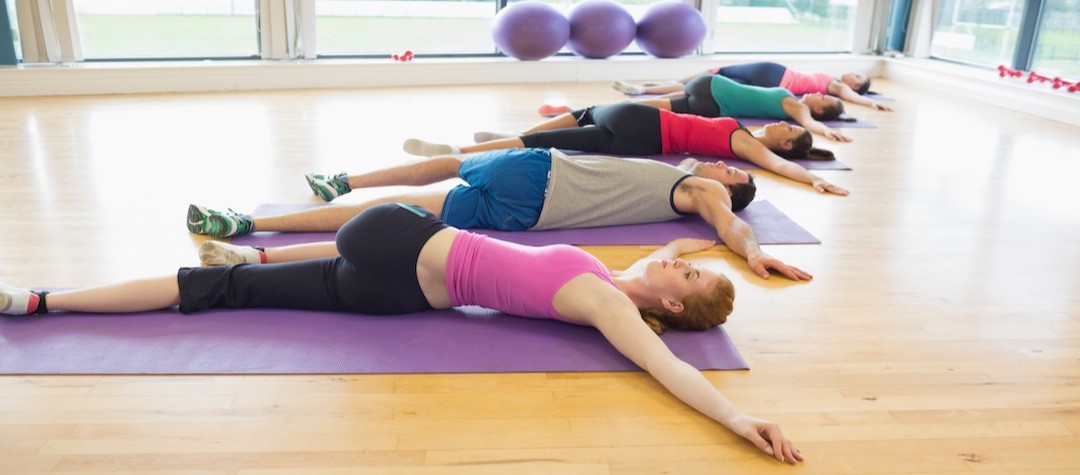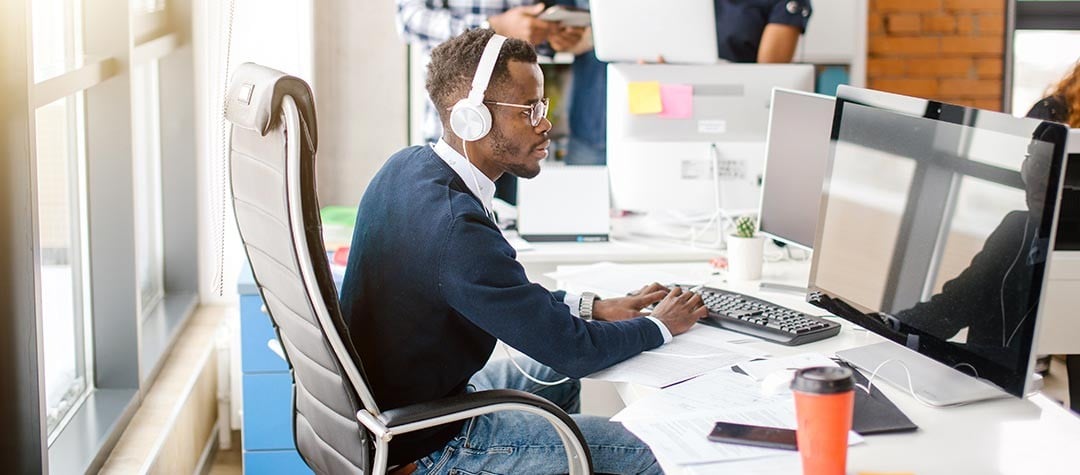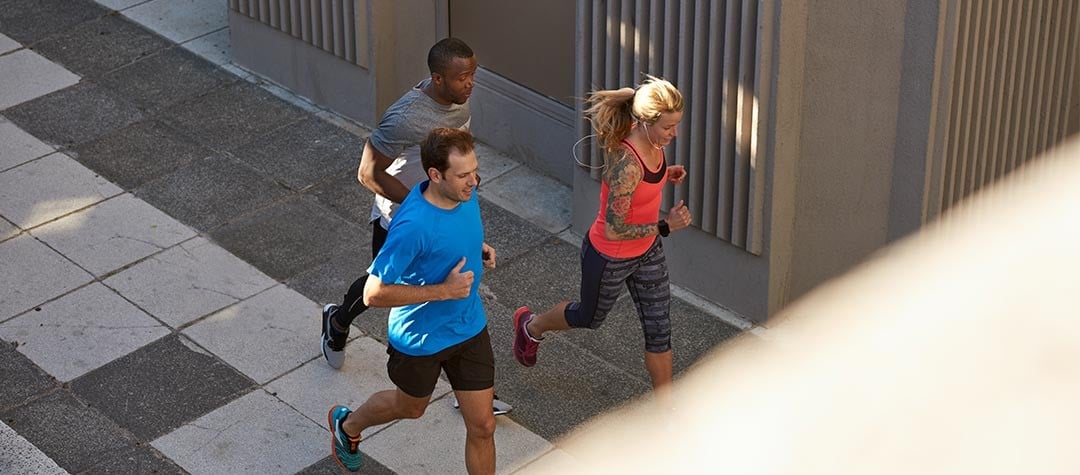Are you a jaded Pilates aficionado and fancy a change? Then check out this the alternative technique of Feldenkrais, which improves posture, movement efficiency and performance.
What is 'Feldenkrais'?
Like Pilates and the Alexander Technique, ‘Feldenkrais’ is named after its originator, Moshe Feldenkrais an engineer, physicist and martial artist, who created his specialized technique as a result of developing sports injuries.
Feldenkrais developed his technique throughout the 20th century with the aim of ‘making the impossible, possible, the possible, easy, and the easy, elegant.’ He sought to do this by increasing our awareness and understanding of the link between how we move and how we think, feel and learn – which is why Feldenkrais has had a dedicated following among actors, dancers and musicians over the years.
It is hard to describe Feldenkrais to someone who has never seen it, but what we can say is: it’s physical, yet passive, and controlled, yet fluid. Best of all, there is concrete evidence that it works: research has found that improved flexibility, kinaesthetic awareness, and improved balance and stability are all pay-offs of doing Feldenkrais regularly.
How can I get started in Feldenkrais?
There are two ways of experiencing Feldenkrais: either one-to-one with an instructor in ‘Functional Integration’ sessions, or as part of a group in ‘Awareness Through Movement’ classes (which are similar to Pilates ‘mat’ classes).
In one-to-one sessions, there is a combination of movement and manipulation, in other words, some of the stuff is ‘done’ to you, while the rest of it you ‘do’ to yourself, whereas in group classes the focus is more on exploring movement from a particular position, such as sitting on a chair, lying on the floor or standing.
The benefits of Feldenkrais
While not as well known as other movement techniques, Feldenkrais is becoming increasingly popular among active people, who recognize its value in teaching good body awareness and in allowing them to know when their technique or body position is slightly wrong – and how to correct it. With practice, Feldenkrais will provide great benefits for your posture, movement efficiency and performance – as well as help to break poor movement patterns. You should forget about focusing on burning calories or firming up, though – Feldenkrais is all about the process, not the results.















